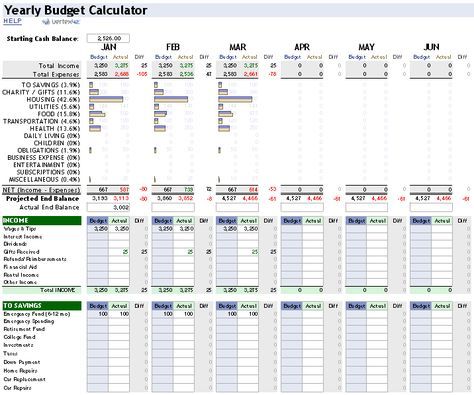
You've heard about the 4% rule, but how do you calculate it? This article will explain the 4% rule and how to invest. We'll also show you how to create a budget to help you save for retirement. Then, we'll look at some options for retirement savings, such as investing in a brokerage account. We'll also explore Social Security income substitution rates and a hypothetical scenario for retirement. Once you have a clear picture of your retirement deficit, you can calculate how much you will need to save to achieve your goal.
4% rule
The 4% retirement savings strategy was developed using historical data spanning 1926 to 1976. Special attention was given to the severe market declines of the 1930s. This approach is intended to allow for inflation even though the target inflation rates are only two percent each year. But the current low rate of inflation is making this approach outdated and unsuitable for most investors. Investors today should explore all options, which include a combination of fixed-income securities and investments.

Social Security income replacement rate
Calculating how much you should save for retirement is based on your Social Security replacement rate. You need to know what your income was before retiring as well your current spending levels. The income replacement rate for income will be lower if your income is higher than your pre-retirement income. To be safe, aim to replace 75% income after retirement. Save up to $106,000 if your annual income is $70,000. If you earn less than $70,000, your goal is to replace at least 90%.
Investing through a brokerage account
A brokerage account is a good investment option for investors who are looking to retire. Unlike an IRA or 401(k), brokerage accounts offer no income or contribution limits. A brokerage account can provide a range of investment opportunities including stocks, bonds, and companies publicly traded that are tied to commodities. However, investors must consider their risk tolerance and time horizon prior to investing.
A simple budget for saving money for retirement
Before you start your retirement savings, you should create a budget. Compare your monthly income and expenses to determine your budget. Add fun expenses to your budget and save the rest. A budget can make retirement much more manageable by making sure you have it in place. If you're still working make sure that your old job is used as a reference. Your old job isn't the same without you!

Saving for retirement is a serious business.
You may not have started saving for retirement or wealth accumulation while you were young, but now is the right time. With fewer expenses, you might be able a little more money each month. You may also be able to save more, so a modest goal like $25 a month in your early 20s will make a big difference in the future. Start early and you can have enough money by the age of sixty.
FAQ
What Are Some Benefits to Having a Financial Planner?
A financial plan will give you a roadmap to follow. It will be clear and easy to see where you are going.
It provides peace of mind by knowing that there is a plan in case something unexpected happens.
A financial plan can help you better manage your debt. You will be able to understand your debts and determine how much you can afford.
Your financial plan will help you protect your assets.
Do I need a retirement plan?
No. These services don't require you to pay anything. We offer FREE consultations so we can show you what's possible, and then you can decide if you'd like to pursue our services.
What is Estate Planning?
Estate Planning is the process of preparing for death by creating an estate plan which includes documents such as wills, trusts, powers of attorney, health care directives, etc. The purpose of these documents is to ensure that you have control over your assets after you are gone.
Statistics
- As of 2020, it is estimated that the wealth management industry had an AUM of upwards of $112 trillion globally. (investopedia.com)
- Newer, fully-automated Roboadvisor platforms intended as wealth management tools for ordinary individuals often charge far less than 1% per year of AUM and come with low minimum account balances to get started. (investopedia.com)
- According to a 2017 study, the average rate of return for real estate over a roughly 150-year period was around eight percent. (fortunebuilders.com)
- If you are working with a private firm owned by an advisor, any advisory fees (generally around 1%) would go to the advisor. (nerdwallet.com)
External Links
How To
How to invest after you retire
Retirees have enough money to be able to live comfortably on their own after they retire. But how do they invest it? The most common way is to put it into savings accounts, but there are many other options. You could sell your house, and use the money to purchase shares in companies you believe are likely to increase in value. You could also purchase life insurance and pass it on to your children or grandchildren.
You should think about investing in property if your retirement plan is to last longer. The price of property tends to rise over time so you may get a good return on investment if your home is purchased now. If inflation is a concern, you might consider purchasing gold coins. They don’t lose value as other assets, so they are less likely fall in value when there is economic uncertainty.